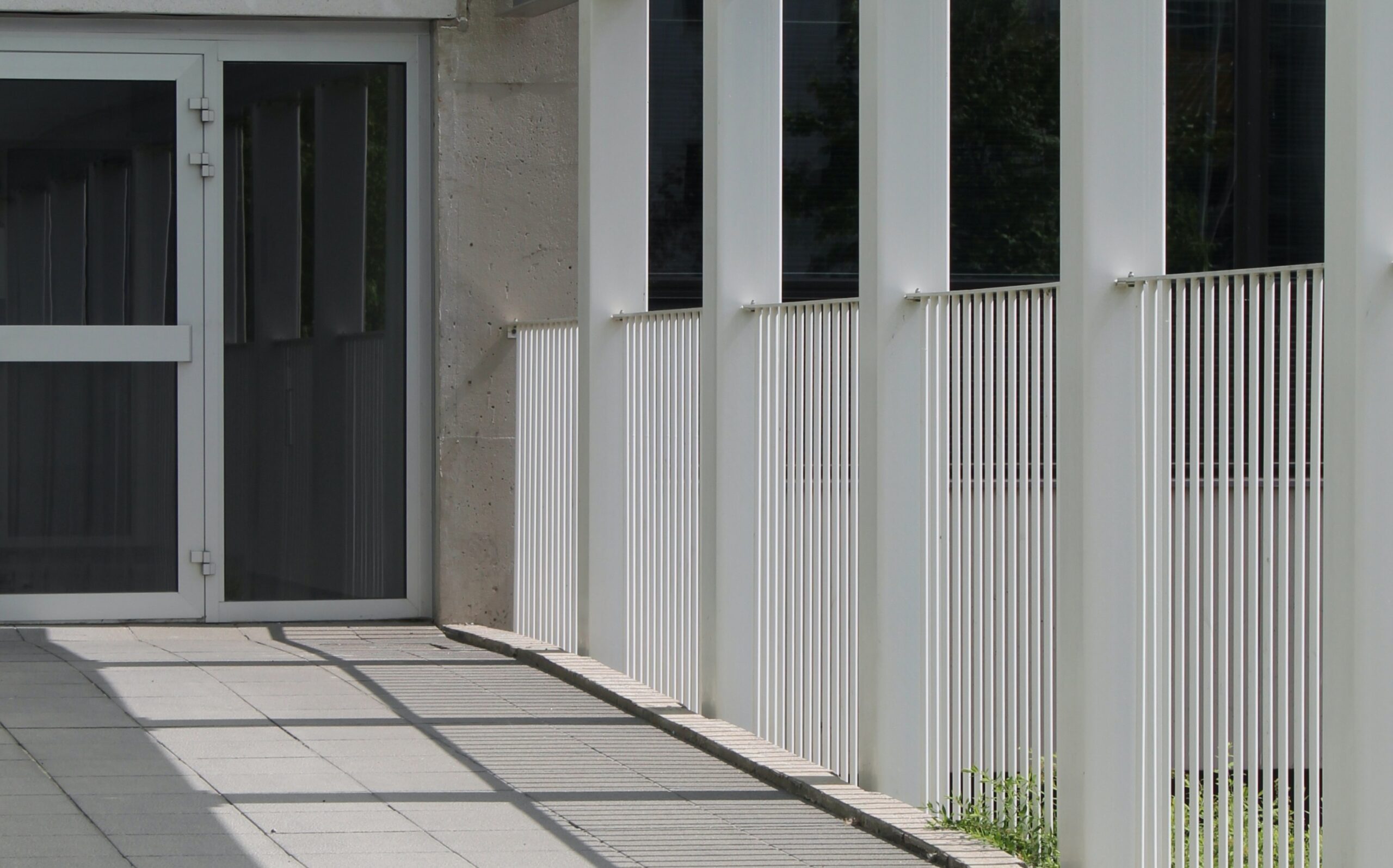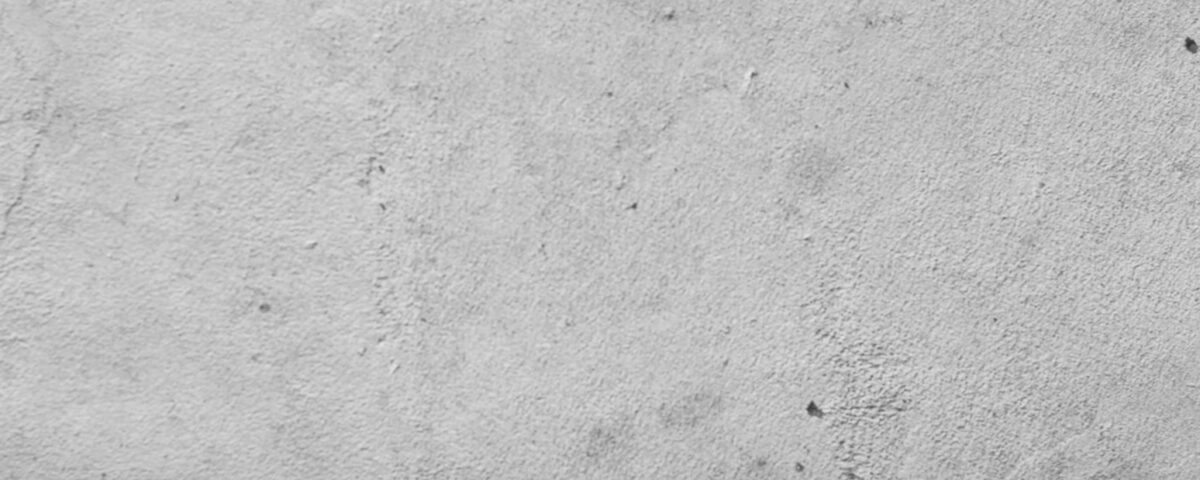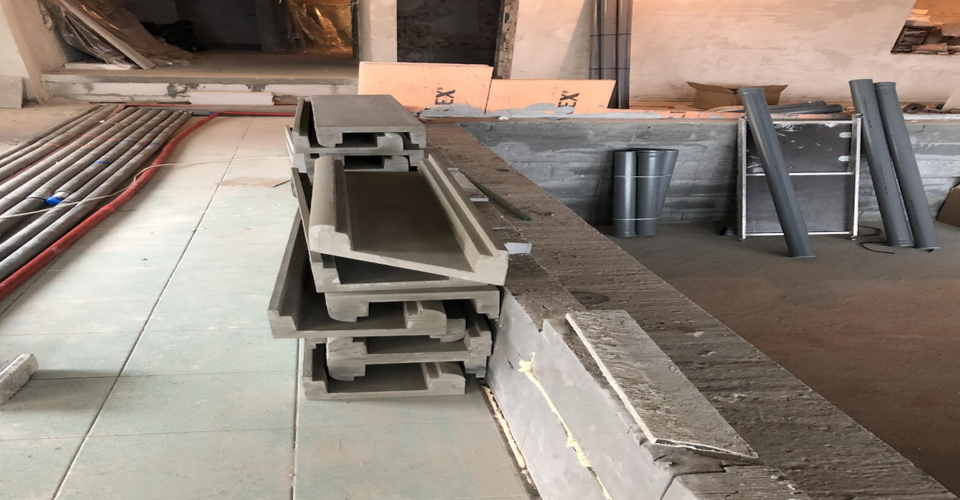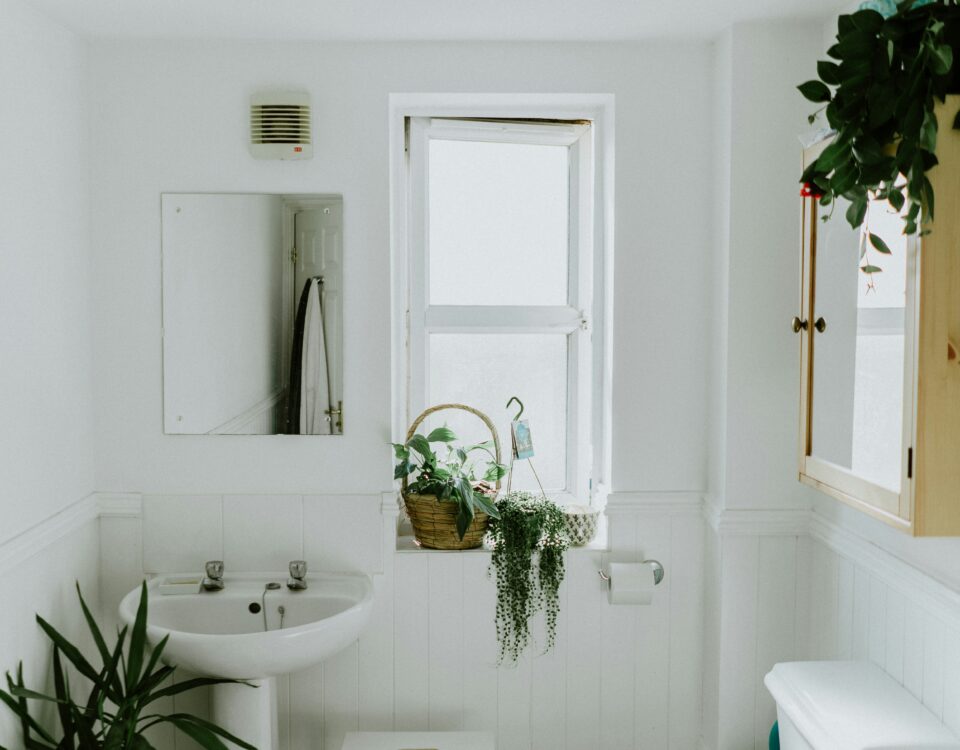
The Consequences of Standing Water on Balconies and Terraces
maj 28, 2024
How to Apply Bauder Liquitec PU Detal?
lipiec 19, 2024How to Waterproof a Concrete Floor Under a Canopy?
Waterproofing a concrete floor without the need to lay tiles requires the application of a suitable waterproofing system that also serves as the final layer. Below, we outline the procedure using the McBauchemie MC-DUR TopSpeed system, which includes McBauchemie MC-DUR TopSpeed SC primer and a topcoat resin. The entire application process can be completed in a single day, making it a highly efficient solution.
Required Materials
(Products available for order at: E: d.karlik@sanier.pl, T: +48 883 292 303)
- McBauchemie MC-DUR TopSpeed SC Primer
- McBauchemie MC-DUR TopSpeed Resin
- Quartz Sand
- Application Tools (rollers, brushes, spatulas)
- Personal Protective Equipment (gloves, masks)

Substrate Preparation
- Moisture Check:
Ensure the substrate's moisture content does not exceed 10% by weight. For higher moisture levels, additional drying will be necessary. - Surface Cleaning:
Remove all contaminants, dust, oils, and other substances that might affect material adhesion. The surface should be clean and dry. - Contraction Joints:
Check if the screed includes contraction joints. If present, use non-woven sealing tape to seal them.
Application of the MC-Bauchemie MC-DUR TopSpeed System
Step 1: Priming
- Primer Application:
Apply McBauchemie MC-DUR TopSpeed SC Primer evenly over the surface using a roller or brush. - Drying Time:
Allow the primer to dry for 30 minutes.
Step 2: Quartz Sand Distribution
- Quartz Sand:
Evenly distribute quartz sand onto the still-wet primer. This improves the adhesion of subsequent layers.
Step 3: Application of the First Resin Layer
- First Resin Layer:
Apply the first layer of McBauchemie MC-DUR TopSpeed Resin evenly across the entire surface. - Drying Time:
Let the first resin layer dry for 2 hours.
Step 4: Application of the Second Resin Layer
- Second Resin Layer:
Apply the second layer of resin over the dry first layer. This layer will encapsulate the sand and enhance the anti-slip properties of the surface. - Drying Time:
Allow the second layer to dry for 2 hours.
Material Consumption per 1 m²
- Resin: 0.9 kg
- Primer: 0.3 kg
- Quartz Sand: 1.5 kg
Alternative Solution
We propose two alternative solutions to the McBauchemie Top Speed system: using only the Bostik C750 Flex mineral waterproofing mortar or combining it with epoxy primer and quartz sand, followed by two layers of MC-DUR TopSpeed. The procedure is as follows:
Step 1: Application of Mineral Waterproofing Mortar
- Apply the Bostik C750 Flex waterproofing mortar evenly across the surface.
- Drying Time: Allow the mortar to dry for 24 hours.
Step 2: Priming + Application of Quartz Sand
- Apply the McBauchemie WV1177 epoxy primer onto the cured mortar layer.
- Sprinkle Quartz Sand: Distribute quartz sand evenly over the wet primer to enhance adhesion for subsequent layers.
Step 3: Application of the First Layer of Resin
- Apply the first coat of McBauchemie MC-DUR TopSpeed resin evenly over the entire surface.
- Drying Time: Let the first resin layer dry for 2 hours.
Step 4: Application of the Second Layer of Resin
- Apply the second coat of McBauchemie MC-DUR TopSpeed resin on top of the cured first layer.
- This layer encapsulates the quartz sand and enhances surface slip resistance.
- Drying Time: Allow the second resin layer to cure for 2 hours.
Additional Notes
Coving at Floor-to-Wall Transitions
If you plan to extend the flooring up vertical surfaces, it's recommended to create coves at transitions before applying the waterproofing mortar. This eliminates the need for joint tapes in these areas.
Safety Precautions
Always wear appropriate personal protective equipment (PPE) when handling and applying chemicals.
BOSTIK BLOCK C750 FLEX – FLEXIBLE WATERPROOFING MORTAR
BOSTIK BLOCK C750 FLEX is a highly elastic waterproofing mortar with a wide range of applications. It can be applied using a roller, brush, or trowel, both indoors and outdoors. The product forms a protective layer on mineral substrates, compliant with the following principles of EN 1504-2:2004:
- 1.3: Protection against penetration,
- 2.3: Moisture control,
- 8.3: Increased electrical resistivity.











